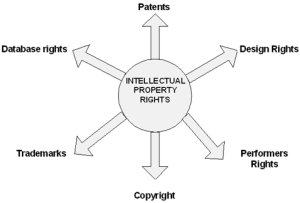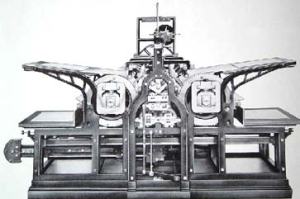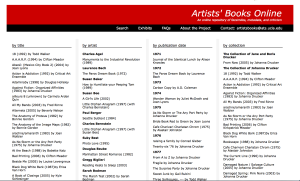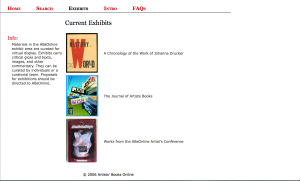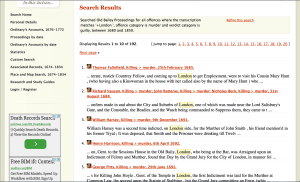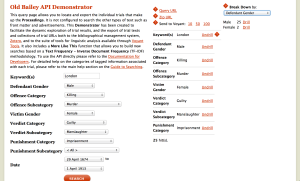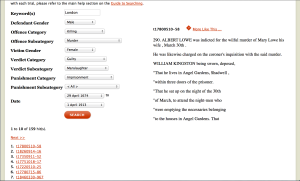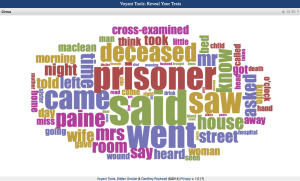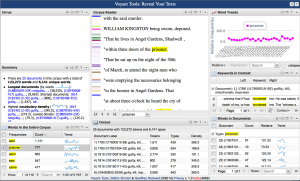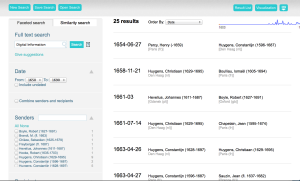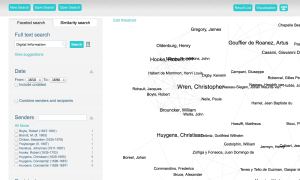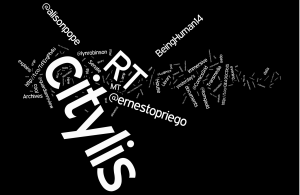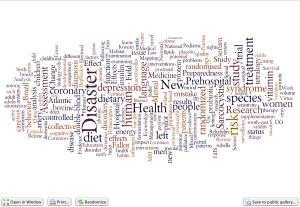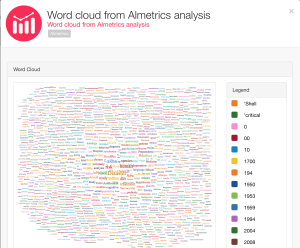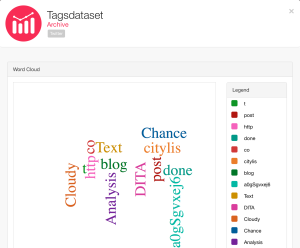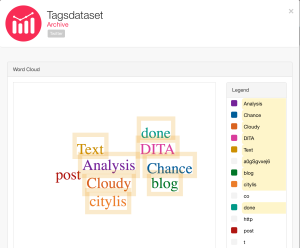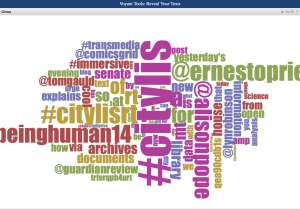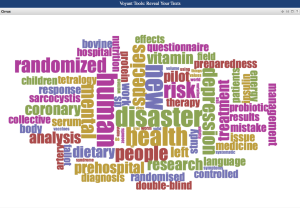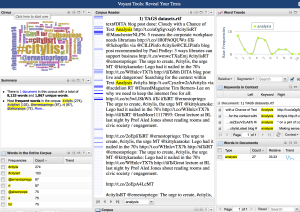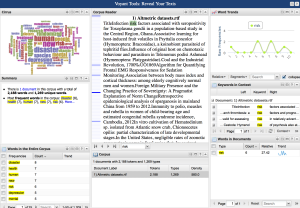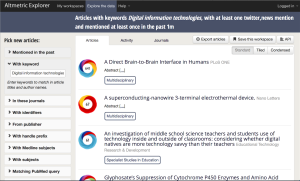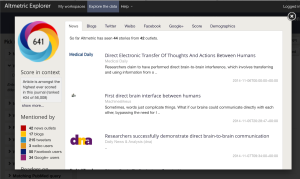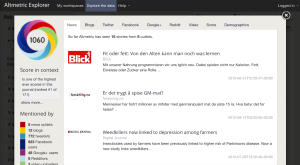The publishing of scientific journals, begun in the 17th century, expanded greatly in the 19th as new fields were emerged and divided into subfields. Academic publishing is then undergoing major changes, as it makes the transition from the print to the electronic format. In the past, before the Internet invented, the scientist had to write to the publisher to have a copy of any article, which takes long time to be in the hand of the scientist.
‘A proper research deserves a decent scientific journal’
The Internet brings a new trend to the commercial publishers and scientific societies as facilitated the online services to the authors and readers, and also supported the open access journals and make them free to every one. Although there are hundreds of free publishing journals, which are free to all people, scientists are still targeting the commercial publishers to publish their work. The question here is why?. In order to answer this question, the two articles: ‘academic journal publishing’ and The Basics of Academic Publishing must be read. The scientists seek high impact factor journals, which almost all of them are commercial. The publishers in the commercial journals are responsible for the quality of research being published. Moreover, publishers are competing with each other to provide authors and readers with online service tools such as online peer review software, email alert services and multimedia features.
How young researchers see the future of publication?
One of the most difficult tasks for young researches is publication particularly in high impact factor journals. What the big publishers have done to make the publication is easy task for the young researchers. Publishers always target the big scientists and research group, while young researchers struggle to have their research published. The publication fees should be reasonable for the young, or publishers can create journals for young researches.
In conclusion, publishers should carry on protecting the research integrity, developing their services. However, they should make the future of publication more attractive specially for young researchers.

